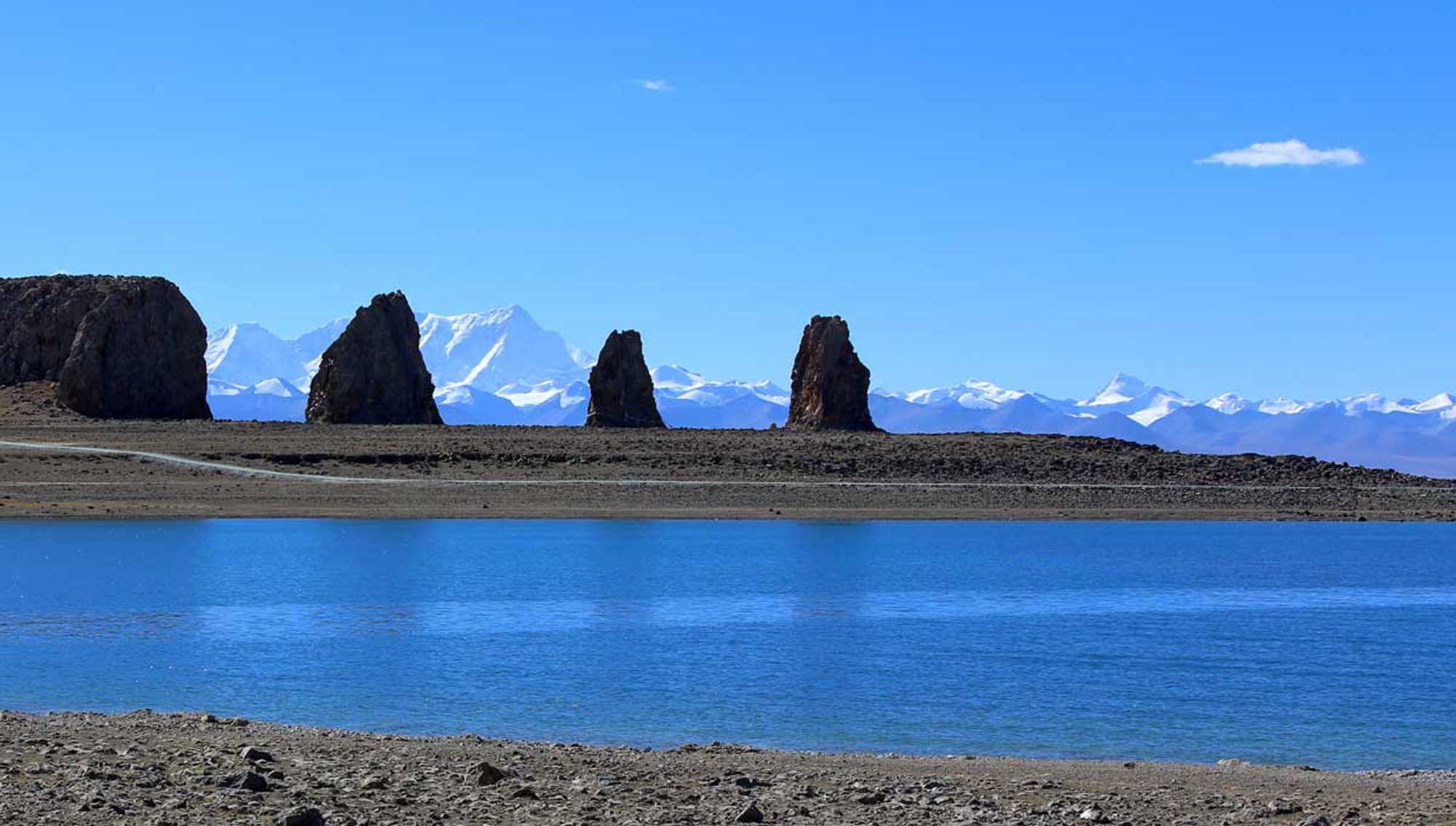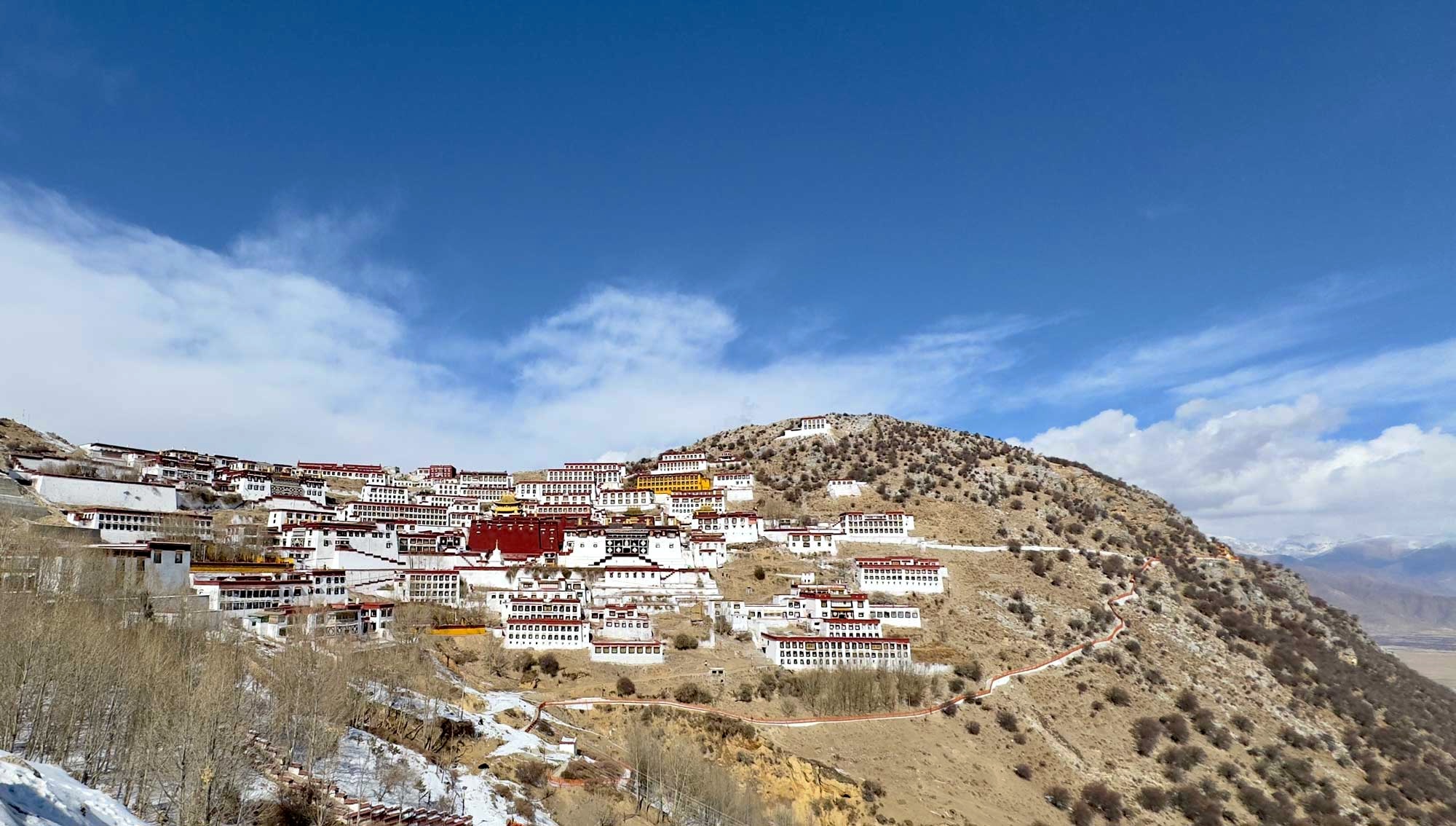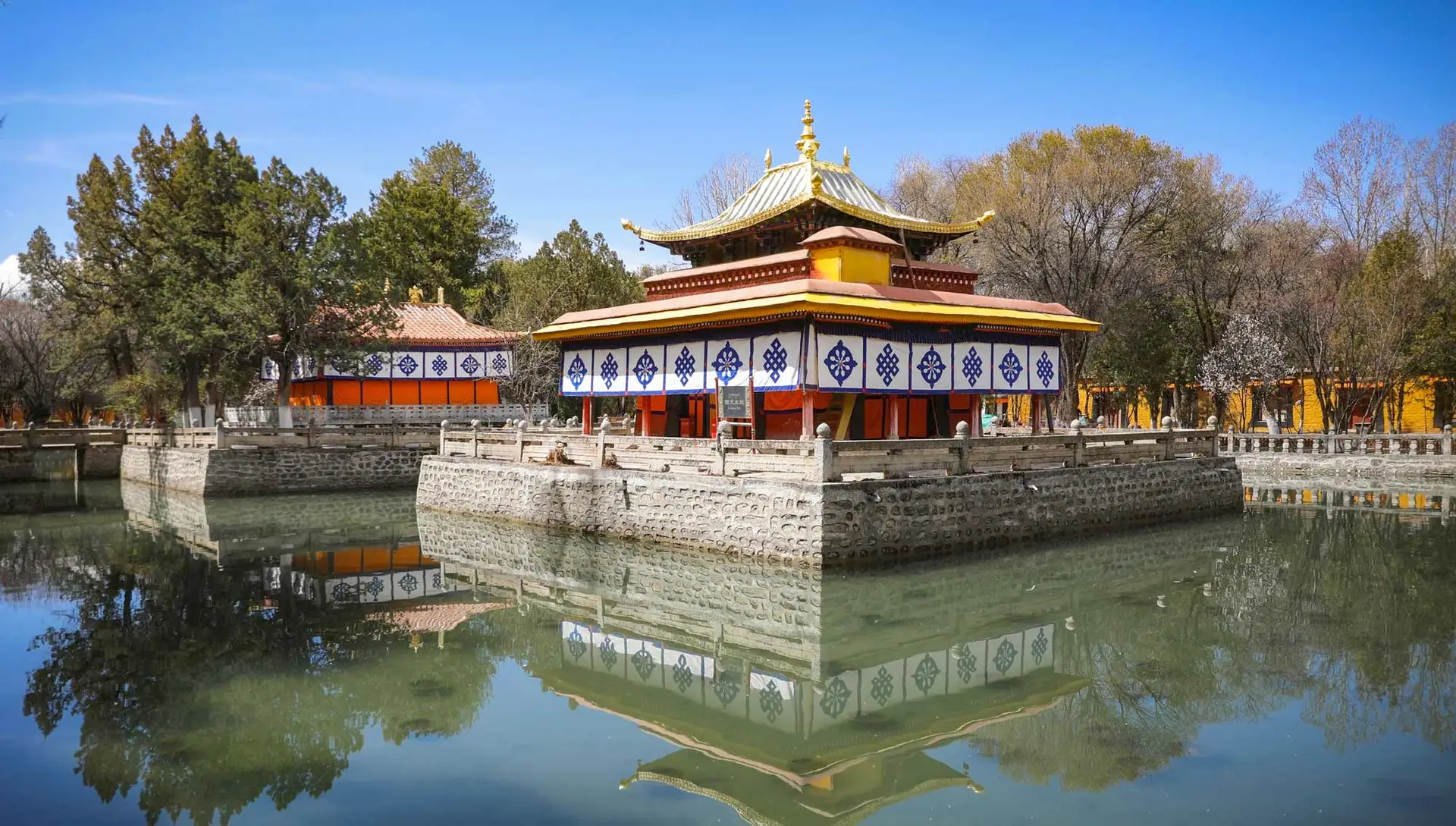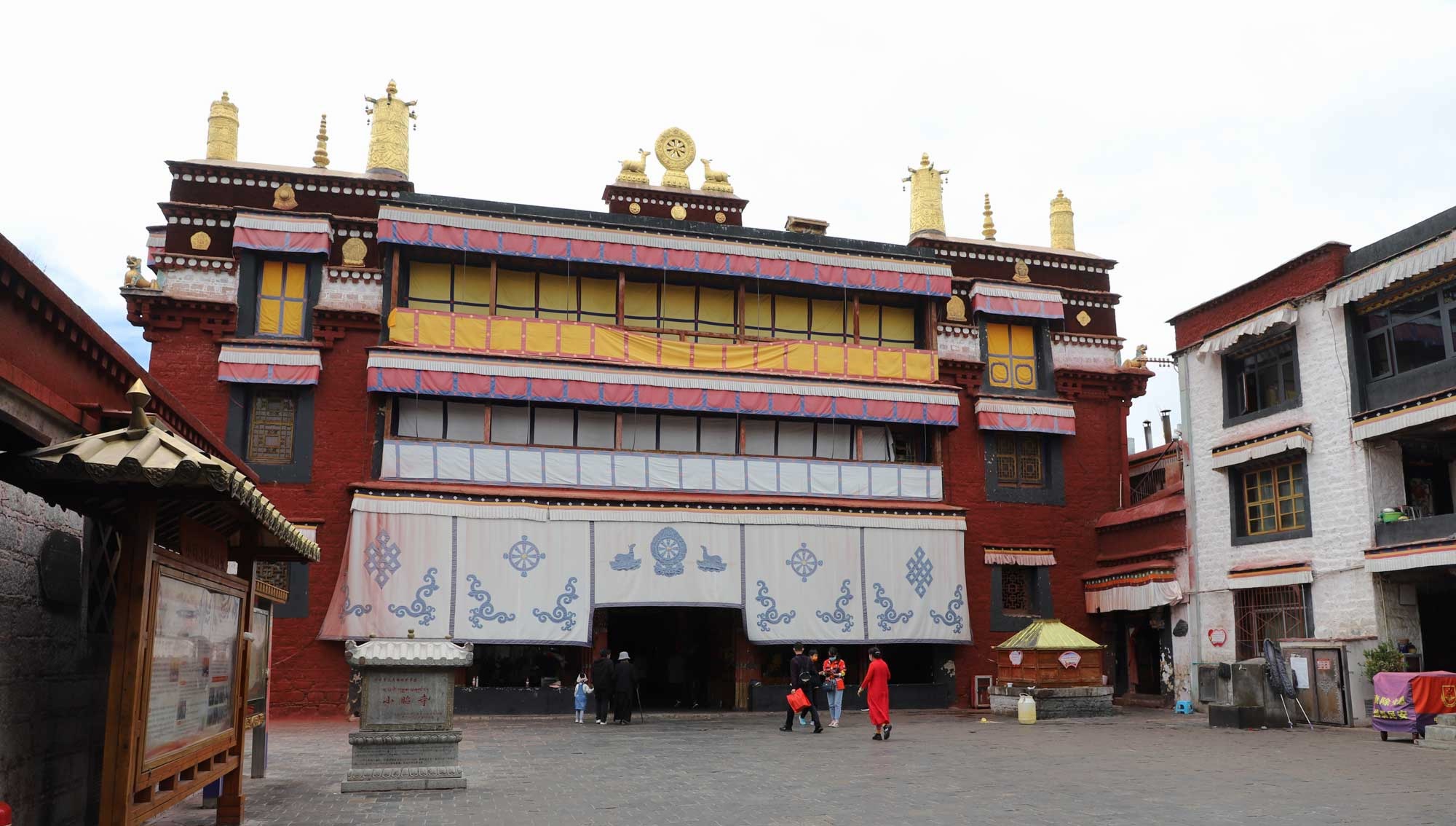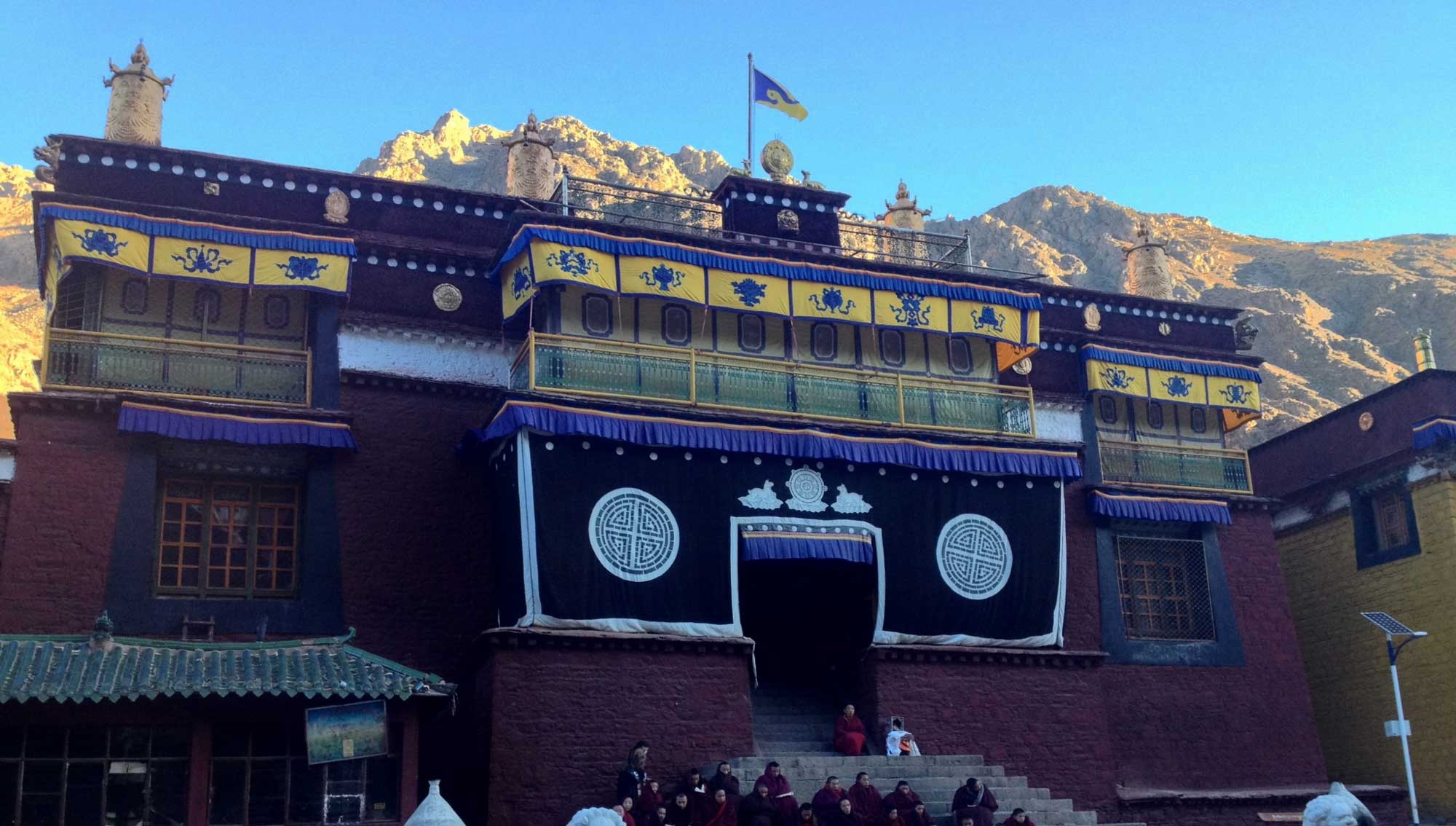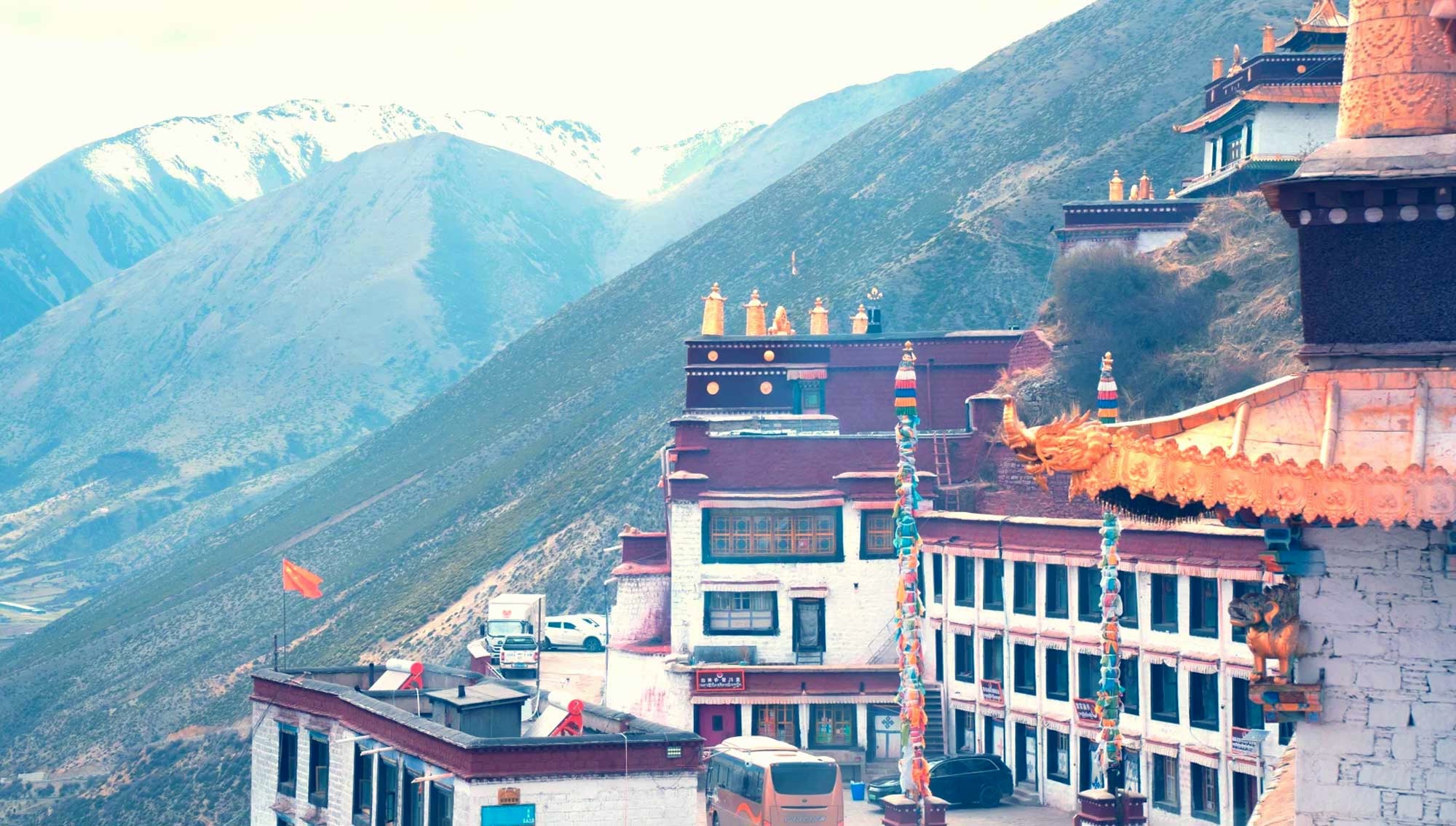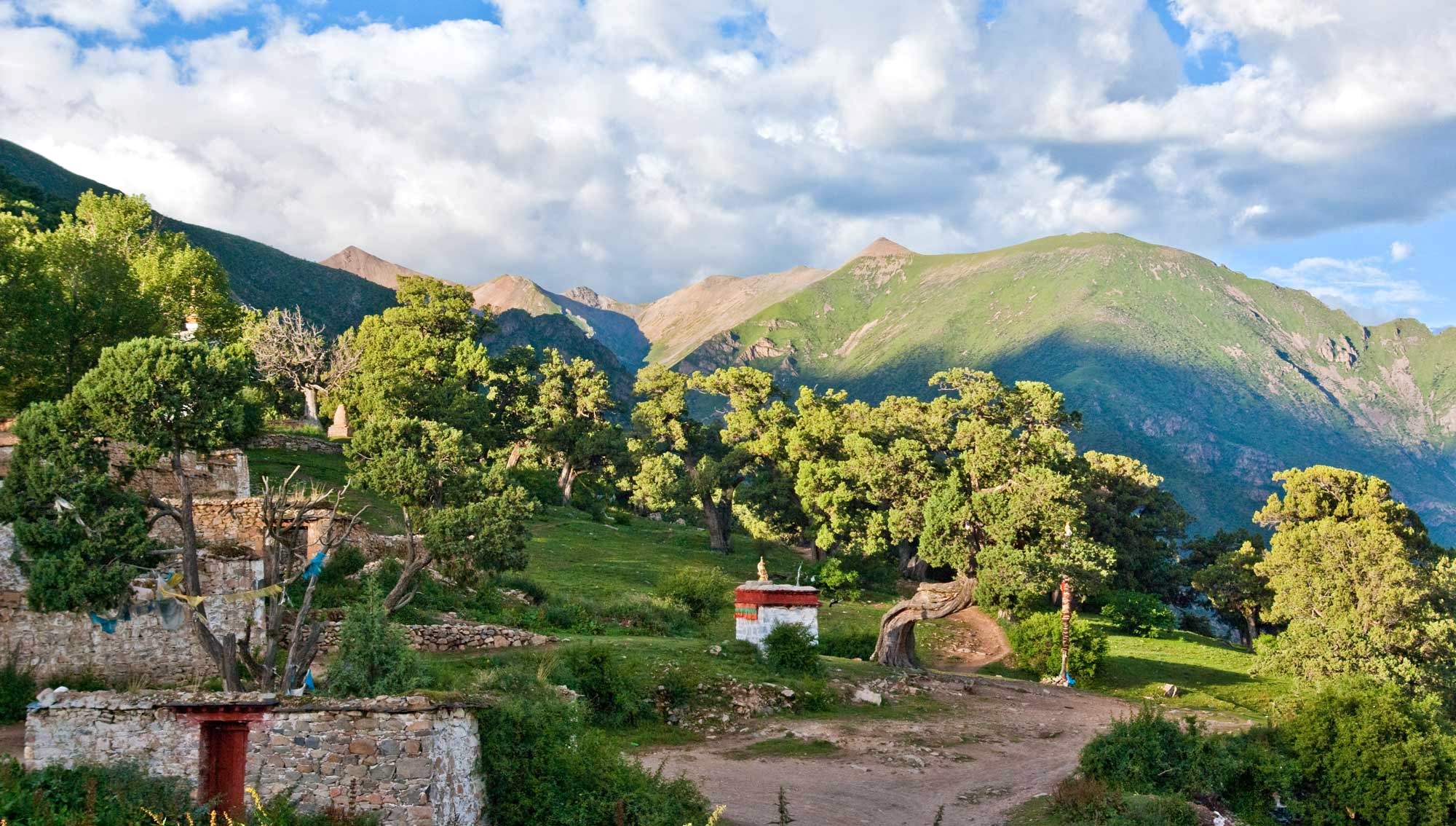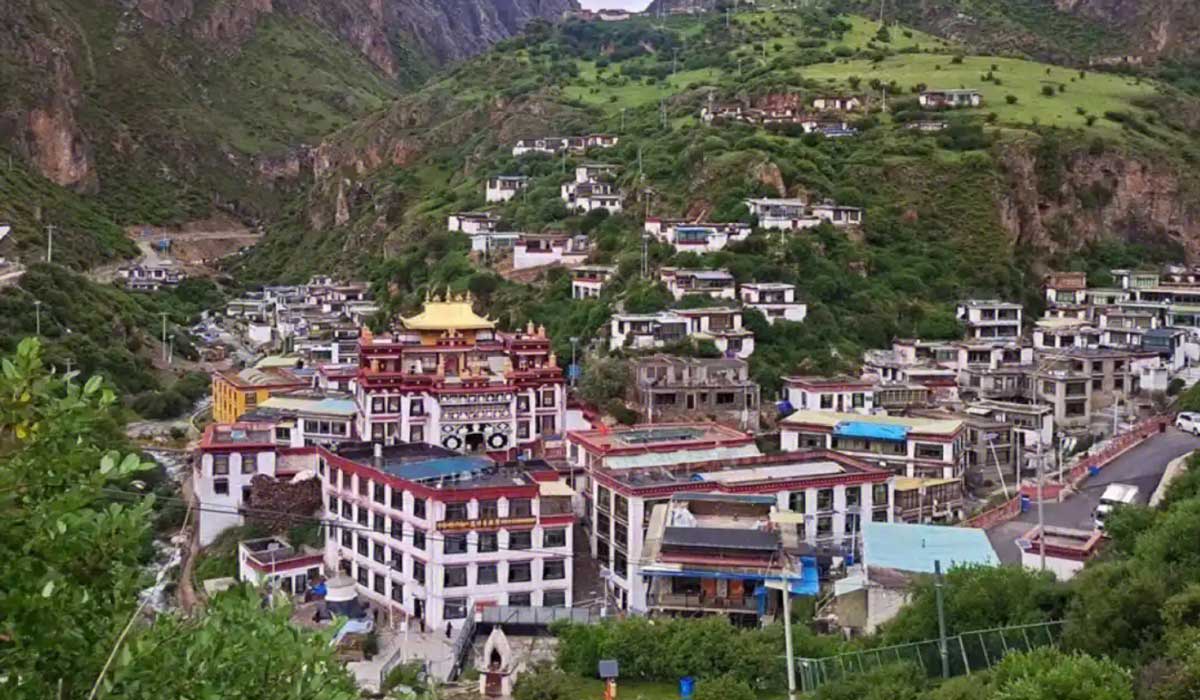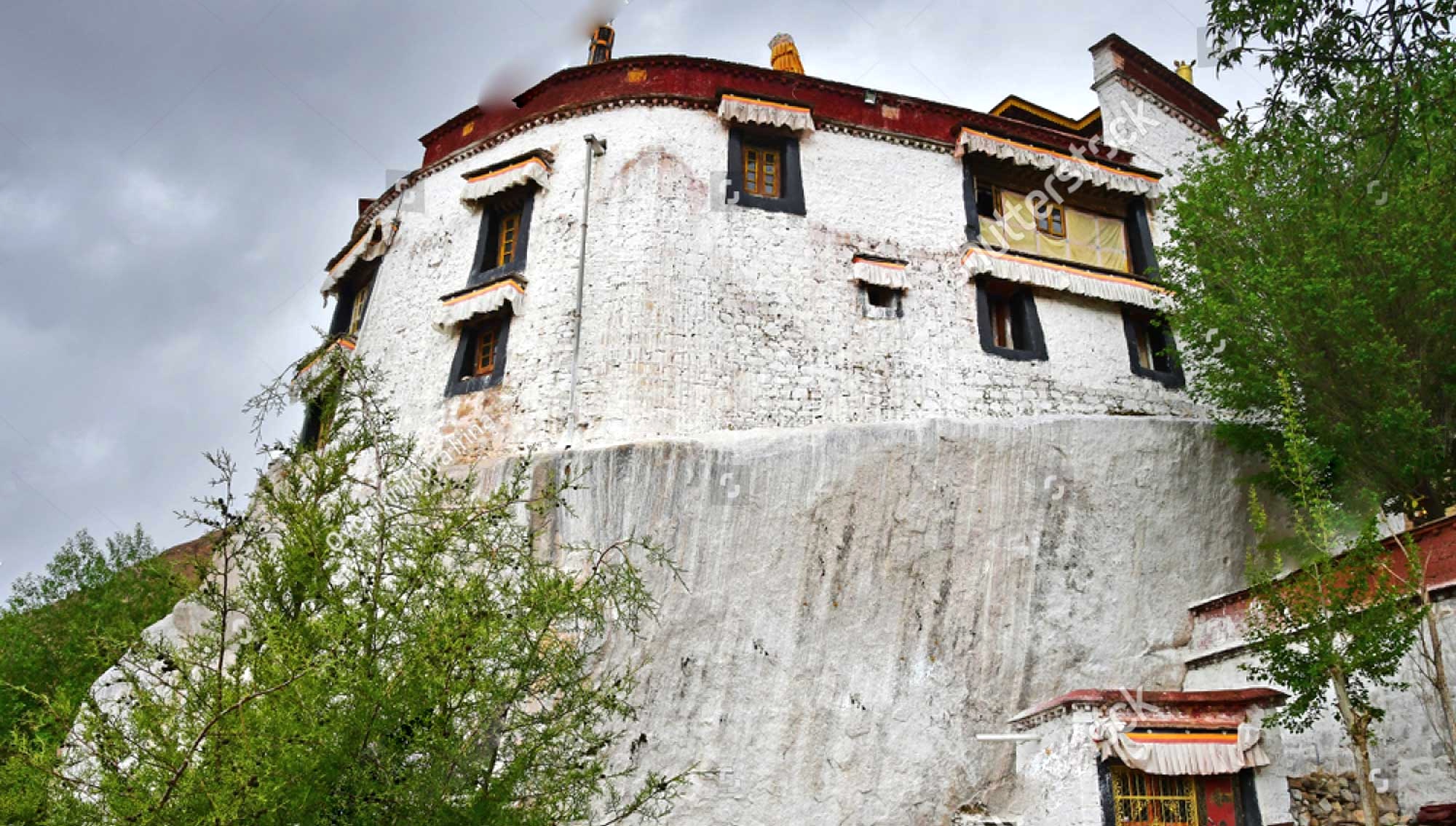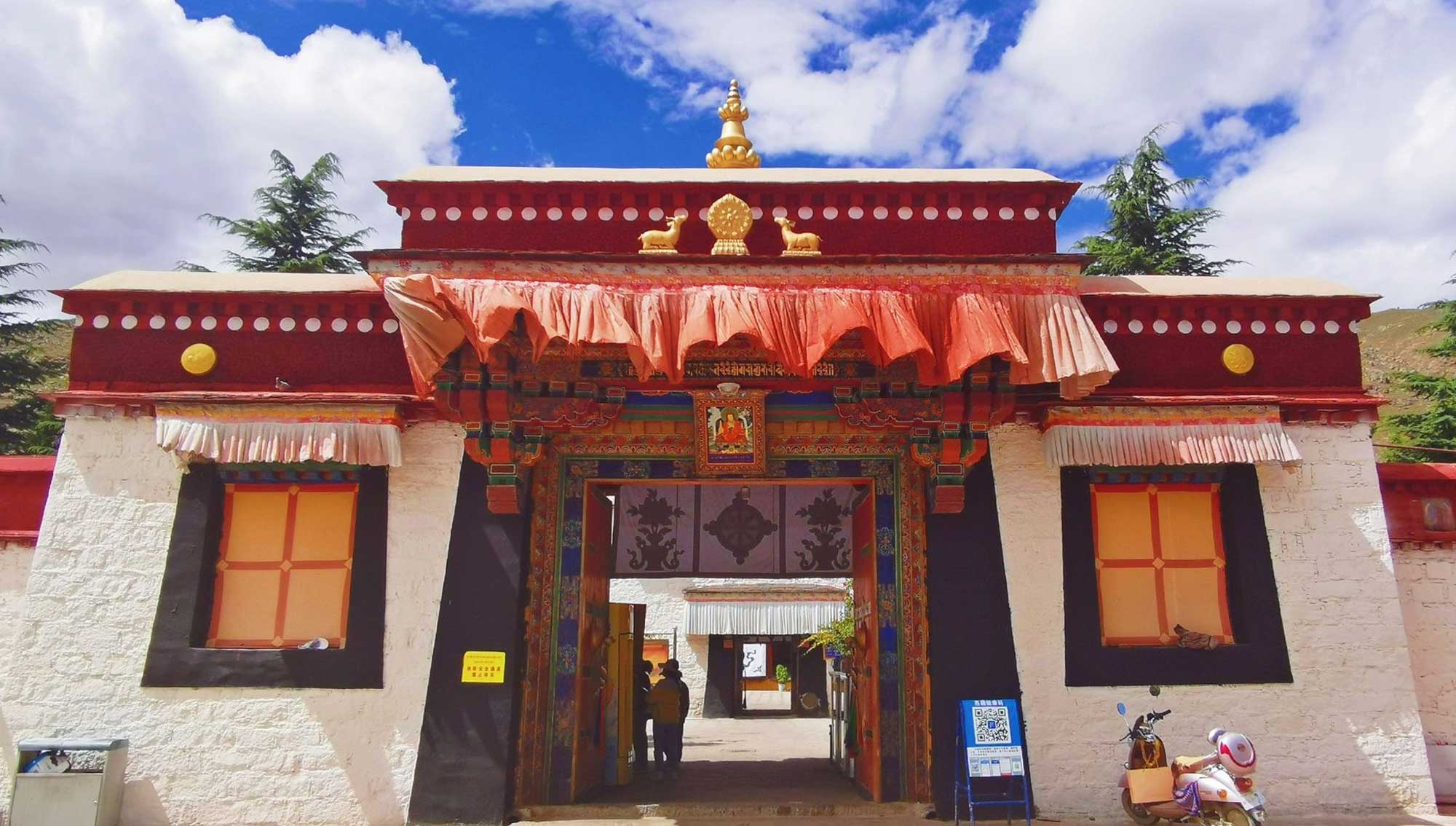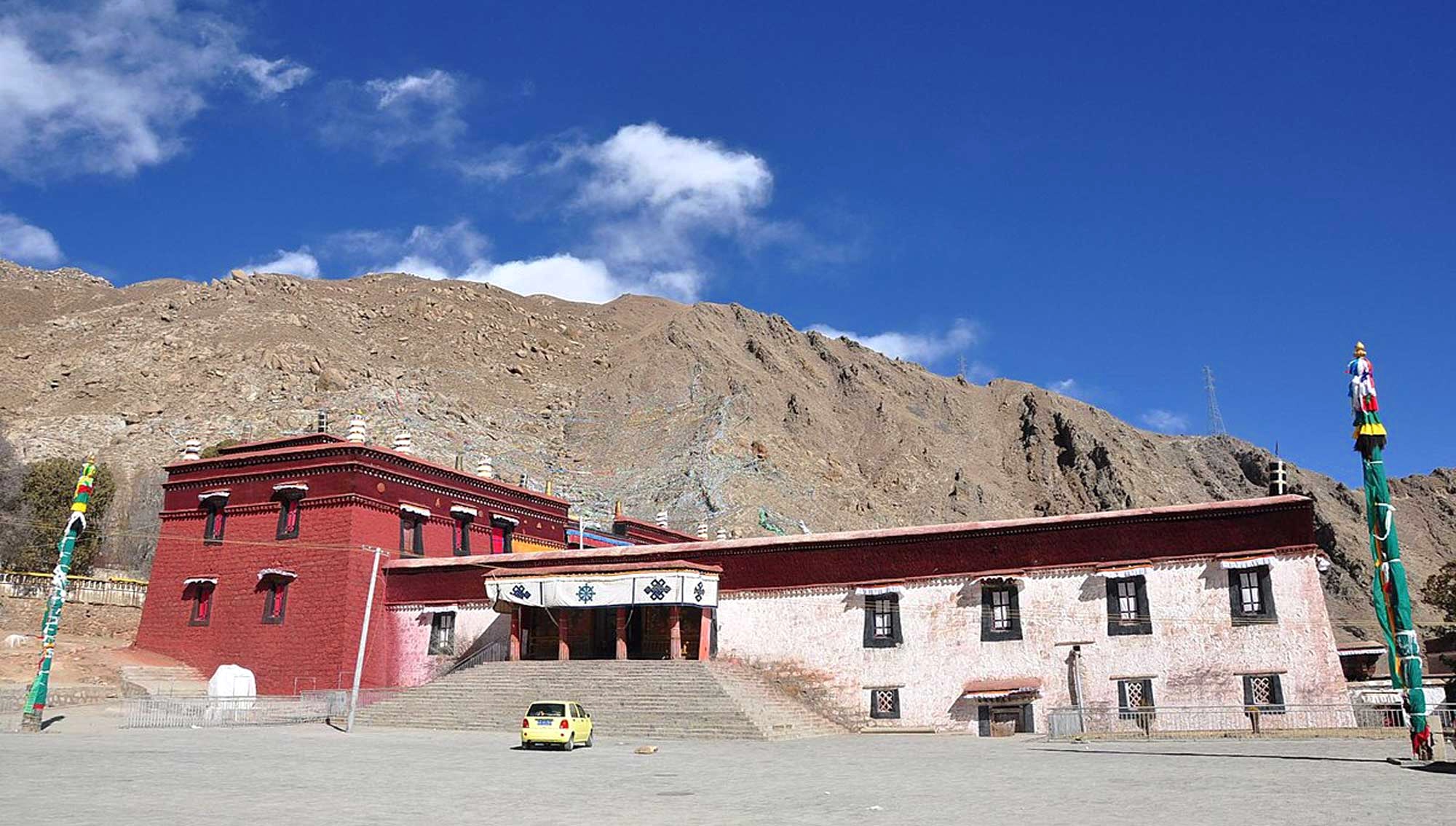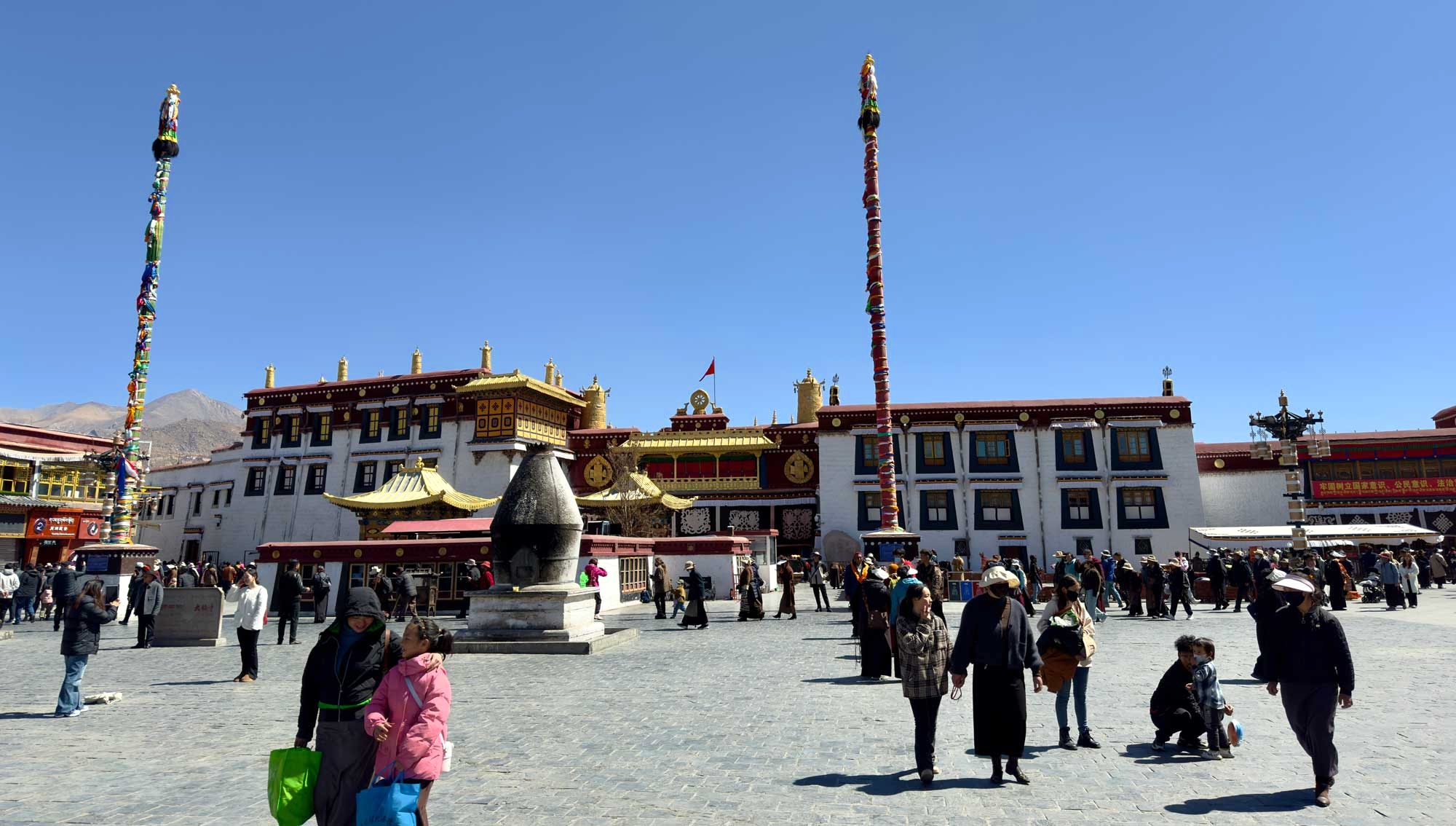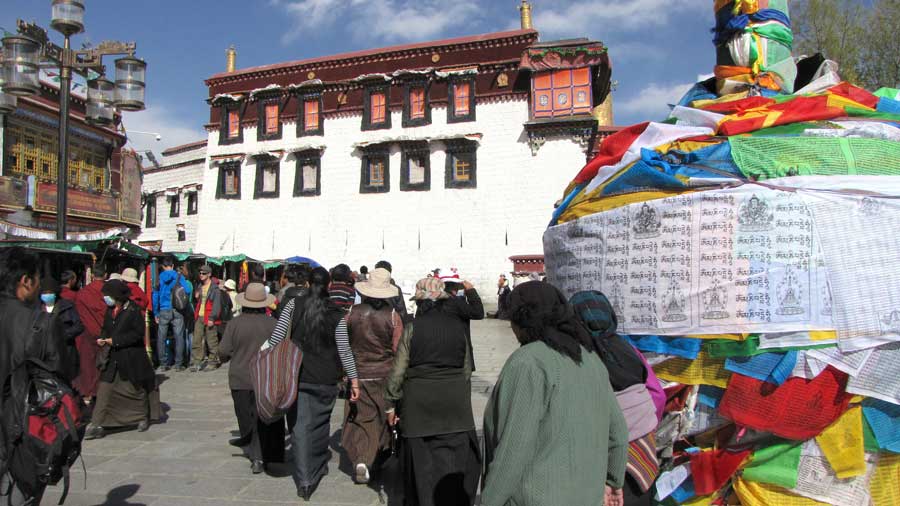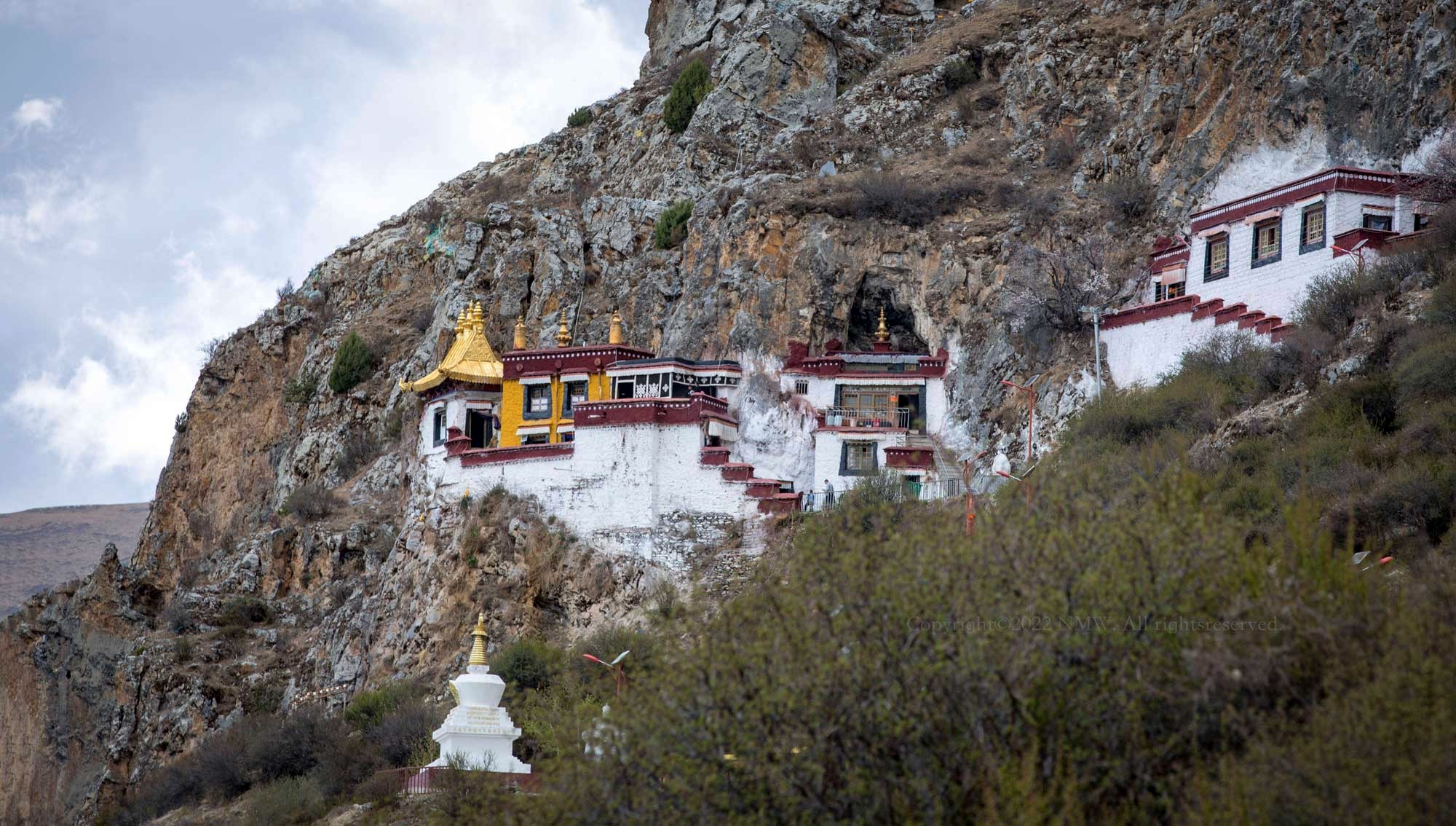
Drak Yerpa Travel Guide and Tips: A Hidden Spiritual Gem in Tibet
Nestled in the mountains approximately 30 kilometers east of Lhasa, Drak Yerpa (also spelled Dark Yerpa) is one of the most sacred meditation retreats in Tibet. This stunning site, known for its network of ancient meditation caves and breathtaking landscapes, is a must-visit destination for those seeking tranquility, spirituality, and cultural immersion. Unlike other crowded monasteries, Drak Yerpa offers a peaceful retreat with stunning views, historical significance, and deep spiritual ambiance. In this Drak Yerpa travel guide and tips, we provide all the essential details to help you explore this hidden gem of Tibet.
Why Visit Drak Yerpa?
1. Sacred Meditation Caves and Monastic Ruins
Drak Yerpa is famous for its meditation caves, where Tibetan Buddhist masters and monks, including Guru Rinpoche (Padmasambhava) and King Songtsen Gampo, once meditated. Many of these caves remain intact and continue to be used for spiritual practices today. The ruins of ancient temples and monasteries add to the mystique of the site, making it an important pilgrimage destination.
2. Breathtaking Natural Beauty
Perched at an altitude of 4,885 meters, Drak Yerpa offers panoramic views of the surrounding valleys and snow-capped mountains. The site is surrounded by pristine nature, rolling hills, and prayer flags fluttering in the wind, creating a serene and picturesque environment.
3. Spiritual and Historical Significance
Drak Yerpa holds deep religious importance in Tibetan Buddhism. It has been a place of meditation and enlightenment for some of Tibet’s most revered spiritual figures. The caves and temples here contain centuries-old murals, inscriptions, and relics that narrate Tibet’s spiritual history.
4. Less Crowded and Peaceful Atmosphere
Compared to other famous Tibetan monasteries, Drak Yerpa remains relatively uncrowded. This makes it an ideal destination for visitors who seek a peaceful and immersive experience, free from large tourist crowds.
Best Time to Visit Drak Yerpa
The best time to visit Drak Yerpa is from April to October, when the weather is pleasant, and the roads are accessible. Winter months (November to March) can be extremely cold, and snow may block access to the site.
Seasonal Breakdown:
Spring (April-May): Clear skies, mild temperatures, and blooming wildflowers make for a stunning visit.
Summer (June-August): Green landscapes and vibrant prayer flags contrast beautifully against the blue sky.
Autumn (September-October): Crisp air and golden-hued hills provide perfect conditions for photography and trekking.
Winter (November-March): Freezing temperatures and possible snowfall, but fewer visitors make it a peaceful retreat.
How to Get to Drak Yerpa
1. From Lhasa
Drak Yerpa is located about 30 km northeast of Lhasa, making it a convenient day-trip destination. The journey takes around 1-1.5 hours by car.
Private Tours: Many travel agencies in Lhasa offer guided tours to Drak Yerpa, including transportation and explanations of the site’s history.
Taxi or Rented Car: Hiring a taxi or renting a vehicle with a driver is a flexible and comfortable option.
Public Transport: There are no direct buses to Drak Yerpa, so travelers must hire private transportation or join a tour.
2. Permits and Entry Requirements
Foreign travelers need a Tibet Travel Permit to visit Drak Yerpa. Since independent travel in Tibet is restricted, it is best to arrange permits and tours through a registered travel agency.
Top Attractions at Drak Yerpa
1. Ancient Meditation Caves
The Yerpa Caves are the highlight of Drak Yerpa. These caves, used for meditation by great Tibetan masters, are adorned with Buddhist murals, relics, and prayer flags. Notable caves include:
Guru Rinpoche’s Meditation Cave – Believed to have been used by Padmasambhava.
King Songtsen Gampo’s Meditation Cave – Where the Tibetan king practiced meditation.
Atisha’s Cave – Used by the famous Indian Buddhist master Atisha during his stay in Tibet.
2. Yerpa Monastery Ruins
Though much of the ancient Yerpa Monastery was destroyed during past political upheavals, remnants of the temple structures still stand, showcasing Tibetan architectural styles and offering insight into the monastery’s rich past.
3. Panoramic Viewpoints
A short hike around Drak Yerpa reveals breathtaking viewpoints of the surrounding valleys and snow-covered mountains. The colorful prayer flags along the paths add to the spiritual ambiance of the site.
4. Local Pilgrimage Route
Join Tibetan pilgrims as they walk the Kora (sacred circuit) around Drak Yerpa. Walking the Kora is considered a deeply spiritual act, and even visitors can participate by following the clockwise route, spinning prayer wheels, and absorbing the peaceful energy of the site.
Accommodation Options
Most visitors return to Lhasa after exploring Drak Yerpa, as there are no hotels near the site. Staying in Lhasa provides better amenities and comfort.
Recommended Lhasa Hotels:
St. Regis Lhasa Resort – A luxury hotel with Tibetan decor and modern amenities.
Shangri-La Hotel, Lhasa – Offers comfortable rooms and a fantastic view of the Potala Palace.
House of Shambhala – A boutique hotel with traditional Tibetan charm.
Essential Drak Yerpa Travel Guide and Tips
1. Acclimatization and Altitude Sickness
At nearly 4,900 meters, Drak Yerpa’s high altitude can cause altitude sickness. To minimize symptoms:
Spend at least two days in Lhasa to acclimate before visiting Drak Yerpa.
Stay hydrated and avoid alcohol.
Walk slowly and take deep breaths.
Carry altitude sickness medication if needed.
2. Packing Essentials
Warm Clothing: Even in summer, temperatures can drop significantly.
Sunscreen & Sunglasses: The high-altitude sun is strong.
Comfortable Hiking Shoes: The terrain can be rocky and steep.
Snacks & Water: No restaurants or shops are available near the site.
Cash: There are no ATMs at Drak Yerpa, so bring enough Tibetan Yuan.
3. Respect Local Customs
Always walk clockwise around sacred sites.
Do not touch religious artifacts or enter caves without permission.
Avoid loud conversations and maintain the monastery's tranquil atmosphere.
Ask for permission before photographing monks or local pilgrims.
4. Road Conditions and Safety
The road to Drak Yerpa is mostly paved but includes some steep and winding sections. Travel with an experienced driver, and check weather conditions before heading out.
Conclusion
Visiting Drak Yerpa is a journey into the heart of Tibetan spirituality, history, and natural beauty. Whether you come for meditation, photography, or cultural exploration, this hidden retreat offers an unforgettable experience. By following this Drak Yerpa travel guide and tips, you can ensure a smooth and meaningful visit. Plan well, travel responsibly, and immerse yourself in the serene and sacred atmosphere of one of Tibet’s most treasured sites.
Attractions Nearby
Namtso Lake, a sacred Tibetan site, offers breathtaking views, crystal-clear waters, and serene high-altitude beauty…
Ganden Monastery, perched on a mountain, offers stunning views, rich history, and deep Tibetan Buddhist significance.
Drak Yerpa, a sacred Tibetan retreat, features ancient caves, stunning landscapes, and spiritual tranquility for pilgrims…
Norbulingka, the Dalai Lama’s summer palace, boasts beautiful gardens, rich Tibetan culture, and historical significance.
Ramoche Temple, a sacred Lhasa site, features intricate Tibetan architecture and revered Buddhist relics and statues…
Tsurphu Monastery, a spiritual center, offers stunning landscapes, ancient Tibetan architecture, and deep religious significance…
Drigung Til Monastery, renowned for its scenic beauty, offers profound spiritual significance and stunning Tibetan architecture…
Reting Monastery, a historic Tibetan site, features rich religious heritage, peaceful surroundings, and stunning mountain views…
Tidrum Nunnery, a peaceful retreat, offers spiritual solitude, beautiful landscapes, and a deep connection to Tibetan Buddhism…
Shugsheb Nunnery, a serene Tibetan retreat, blends spiritual tranquility, stunning views, and deep Buddhist cultural heritage…
Pabonka Monastery, one of Tibet’s oldest, offers profound spiritual significance, stunning views, and rich historical heritage.
Nyethang Drolma Temple, a sacred Tibetan site, offers spiritual serenity, beautiful architecture, and deep Buddhist significance…
Nechung Monastery, a sacred Tibetan site, is known for its oracle traditions, stunning views, and spiritual significance…
Potala Palace, Lhasa’s iconic landmark, showcases stunning architecture, rich history, and profound spiritual significance…
Jokhang Temple, Lhasa’s spiritual heart, is a sacred pilgrimage site with rich Tibetan Buddhist heritage…
Sera Monastery, Lhasa’s renowned Buddhist center, offers captivating debates, ancient teachings, and stunning Tibetan architecture…
Drepung Monastery, one of Tibet’s largest, offers rich history, stunning architecture, and deep spiritual significance…
Stroll Barkhor Street, Lhasa’s vibrant hub of culture, spirituality, bustling markets, traditional crafts, and sacred ambiance.
Offers to inspire you
5 Day-Trip to Lhasa City
Making it an unmissable destination for travelers seeking to trip to Lhasa city and explore the essence of Tibet.
7 Day-Lhasa & Shigatse Cultural Exploration
Travel through Tibet’s breathtaking landscapes.

